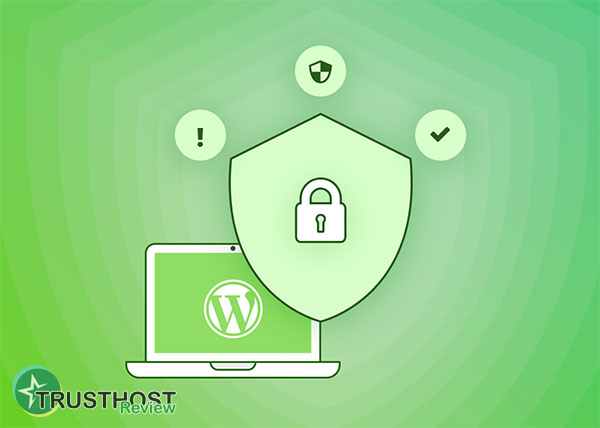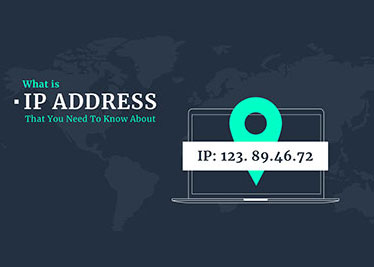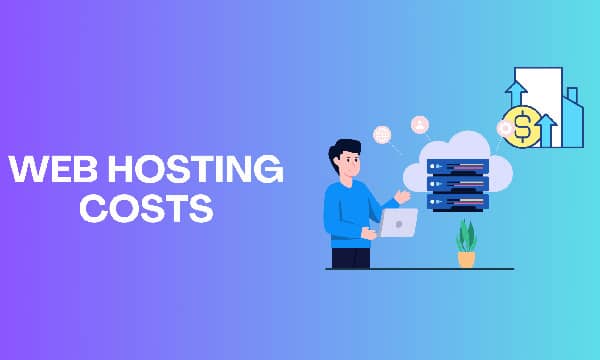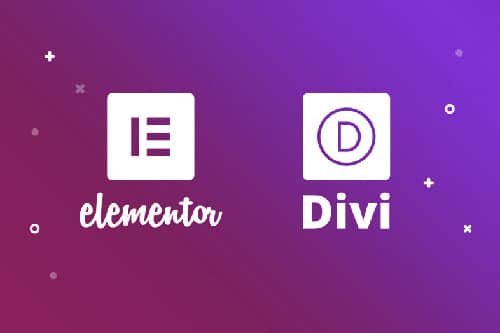How to Secure Your WordPress Website: 10 Actionable Steps
Securing your WordPress website doesn't have to be an overwhelming, jargon-filled nightmare. This guide breaks down website security into 10 actionable, practical steps you can take today. From choosing the right foundation to implementing daily best practices, we'll empower you to lock down your site and keep hackers out for good.
Why WordPress Security Matters
Before we dive into the 'how,' let's quickly cover the 'why.' A compromised website can lead to devastating consequences: data theft (customer information, payment details), brand damage, SEO penalties from Google, and costly cleanup processes. For a small business, a security breach can be an existential threat. Investing time in security now is one of the best investments you can make in your online presence.
The 10 Actionable Security Steps
1. Choose a Secure WordPress Host
Your hosting provider is the foundation of your website's security. Choosing the best hosting for your small business is the single most important security decision you'll make. While cheap, affordable hosting is tempting, providers that skimp on security can cost you far more in the long run. A host that prioritizes security also often delivers fast website hosting, as performance and security go hand-in-hand, directly impacting your site speed.
Look for hosts that offer:
- Server-level firewalls: To block malicious traffic before it even reaches your site.
- Malware scanning: Proactive scans to detect and remove threats.
- Free SSL certificates: Essential for encrypting data (more on this later).
- Automatic backups: Your ultimate safety net.
- Managed WordPress Hosting: Providers like Kinsta, WP Engine, and SiteGround specialize in WordPress. They manage security updates, performance tuning, and provide expert support, making them an excellent choice for business owners who want peace of mind. While more expensive than basic shared hosting, the built-in security and performance features provide immense value.
2. Use Strong Passwords and Smart User Roles
Weak passwords are the most common entry point for hackers. A strong password should be long (12+ characters), complex (upper/lowercase letters, numbers, symbols), and unique to your site. Use a password manager like 1Password or LastPass to generate and store these complex passwords securely.
Equally important is practicing the 'Principle of Least Privilege.' Don't give every user an Administrator account. WordPress has several user roles:
- Administrator: Full control. Reserve this for yourself and trusted technical partners only.
- Editor: Can publish and manage posts, including those by other users.
- Author: Can publish and manage their own posts.
- Contributor: Can write and manage their own posts but cannot publish them.
- Subscriber: Can only manage their profile.
Assign users the lowest-level role they need to do their job. This limits the potential damage if one of their accounts is compromised.
3. Implement Two-Factor Authentication (2FA)
Two-Factor Authentication adds a powerful second layer of security to your login page. Even if a hacker steals your password, they won't be able to log in without the second factor—typically a time-sensitive code generated by an app on your phone (like Google Authenticator or Authy). This single step can block the vast majority of brute-force login attempts. Most top-tier security plugins, such as Wordfence or iThemes Security, offer a 2FA feature that is easy to set up.
4. Keep Everything Updated: Core, Themes & Plugins
Outdated software is a goldmine for hackers. WordPress, its themes, and plugins are constantly being updated to patch security vulnerabilities. When you see an update notification in your dashboard, don't ignore it. Hackers actively scan for sites running older, vulnerable versions of popular plugins.

Enable automatic updates for minor WordPress core releases and consider using a tool or managed host that can safely manage and test major updates for you. Always vet your themes and plugins, ensuring they are from reputable developers who provide regular updates.
5. Install a Comprehensive WordPress Security Plugin
A good security plugin acts as your website's security guard, actively monitoring, protecting, and alerting you to potential threats. They are not a replacement for good practices but an essential tool in your arsenal.

Here are three top contenders:
- Wordfence Security: One of the most popular options, offering a robust Web Application Firewall (WAF), malware scanner, login protection, and live traffic monitoring.
- Sucuri Security: Known for its excellent post-hack cleanup services, Sucuri also provides powerful auditing, malware scanning, and integrity monitoring. Their premium WAF is highly regarded.
- iThemes Security (formerly Better WP Security): Offers over 30 ways to secure and protect your site, with a user-friendly dashboard that makes it easy to see what's secured and what isn't.
Install one of these plugins and take the time to go through its setup wizard to enable key features like the firewall and login attempt limits.
6. Harden Your WordPress Configuration
For those comfortable with a little technical work, 'hardening' your WordPress installation can significantly boost security. This involves editing files like wp-config.php and .htaccess.
- Change Database Prefix: During installation, change the default
wp_database prefix to something random (e.g.,wp_a8f5k_) to protect against SQL injection attacks. - Disable File Editing: Add the following line to your
wp-config.phpfile to prevent anyone from editing theme or plugin files from the dashboard:define('DISALLOW_FILE_EDIT', true); - Protect wp-config.php: This file contains your database credentials. Protect it by adding rules to your
.htaccessfile to deny access.
7. Use SSL/HTTPS to Encrypt Data
An SSL (Secure Sockets Layer) certificate encrypts the data transferred between a user's browser and your website. This is what puts the 'S' in HTTPS and displays the padlock icon in the address bar. It's absolutely essential for any site, especially if you have contact forms, user logins, or an e-commerce store. Without it, all data is sent in plain text, making it easy for attackers to intercept. Most quality hosts now offer free Let's Encrypt SSL certificates that are easy to install.
8. Regularly Back Up Your Website
Even with every security measure in place, things can still go wrong. Regular backups are your ultimate insurance policy. If your site is ever compromised, having a recent, clean backup allows you to restore it quickly, minimizing downtime and data loss.
Don't rely on a single backup method. A good strategy includes:
- Host-level backups: Many managed hosts perform daily backups automatically.
- Plugin-based backups: Use a plugin like UpdraftPlus or Jetpack Backup to schedule automatic backups to an off-site location like Google Drive, Dropbox, or Amazon S3.
Test your backups periodically to ensure they can be restored successfully.
9. Limit Login Attempts
Brute-force attacks are automated scripts that try thousands of username and password combinations to guess their way into your site. You can easily thwart these by limiting the number of failed login attempts from a single IP address. After a set number of failures (e.g., 3-5), the IP is temporarily locked out. This feature is included in almost every major security plugin, including Wordfence and iThemes Security.
10. Disable XML-RPC If You Don't Need It
XML-RPC is a protocol that allows remote connections to your WordPress site (for example, from the WordPress mobile app). While useful for some, it's also a common target for brute-force attacks because a single command can be used to test hundreds of passwords. If you don't use the mobile app or other remote publishing tools, it's best to disable it. You can do this with a simple plugin like 'Disable XML-RPC' or by adding a filter to your theme's functions.php file.
Your Security Checklist for a Safer Website
Protecting your WordPress site is an ongoing process, not a one-time task. By implementing these 10 steps, you create multiple layers of defense that make your site a much harder target for attackers. Start with a secure hosting foundation, use strong credentials, keep everything updated, and leverage the power of a good security plugin.
Feeling more confident about your WordPress security? We hope so! Save this post for your security checklist, share it with a fellow website owner, and comment below with your favorite security tip or a question you still have. Let's build a more secure web together!
















